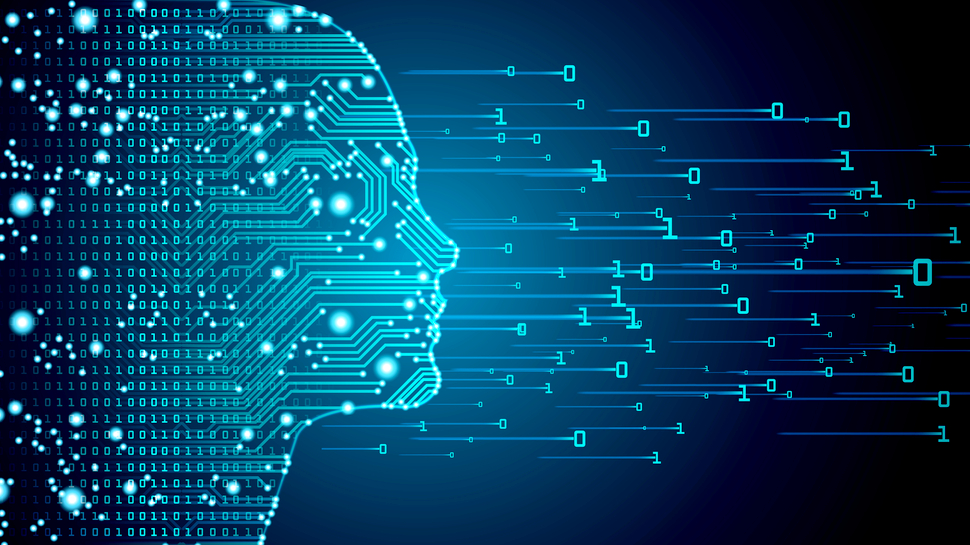Google Cloud has introduced significant updates to its Vertex AI Agent Builder, enhancing the platform’s capabilities for developers to create and deploy AI agents more swiftly. The latest improvements aim to facilitate a more efficient development process, allowing developers to focus on building advanced AI functionalities.
Among the key changes is the inclusion of a new feature that enables AI agents to ‘self-heal’. This means that the agents can autonomously resolve certain issues without requiring manual intervention. Additionally, the platform now supports the Go programming language, expanding its accessibility alongside existing support for Python and Java.
Mike Clark, Product Management Director at Google Cloud, emphasized the importance of these upgrades in accelerating the transition from development to live deployment. “This is a major upgrade to help you move your agent from local development to live testing and production usage quickly and seamlessly,” he stated.
Once developers have constructed their AI agents, deployment can occur with a single command through the updated Agent Development Kit (ADK). This streamlined process is designed to minimize the time and complexity involved in taking AI solutions to market.
Enhanced Observability and Security Features
The updates also enhance observability for deployed agents. Developers will benefit from improved dashboards that provide insights into various metrics, including token usage, latency, errors, and tool calls. An added ‘traces’ tab allows for detailed visualization of agent actions, facilitating quicker diagnosis of any issues.
Nitin Sharma, Principal Engineer for AI at PayPal, praised the Vertex AI Agent Builder for its capabilities in managing multi-agent workflows. He noted that the tool allows for effective inspection of agent interactions and state changes, which is crucial for maintaining operational integrity.
As development processes become faster, Google Cloud has also prioritized security enhancements. “Many developers are prototyping AI agents, but moving to a scalable, secure, and well-managed production agent is far more complex,” Clark added. To address potential security risks, the platform will implement Model Armor to screen tool calls and agent responses for vulnerabilities, including prompt injection threats. The Security Command Center will serve as an inventory for agentic assets, further reinforcing security protocols.
With these enhancements, Google Cloud aims to solidify its position in the AI landscape, attracting developers to build robust AI agents while ensuring that they can do so in a secure environment. The latest updates reflect a commitment to making AI development more efficient and accessible, which could significantly impact how organizations leverage artificial intelligence in their operations.
For developers looking to harness the power of AI, these improvements present an exciting opportunity to innovate and deploy solutions that can adapt and learn autonomously, marking a notable step forward in the realm of artificial intelligence.



































































